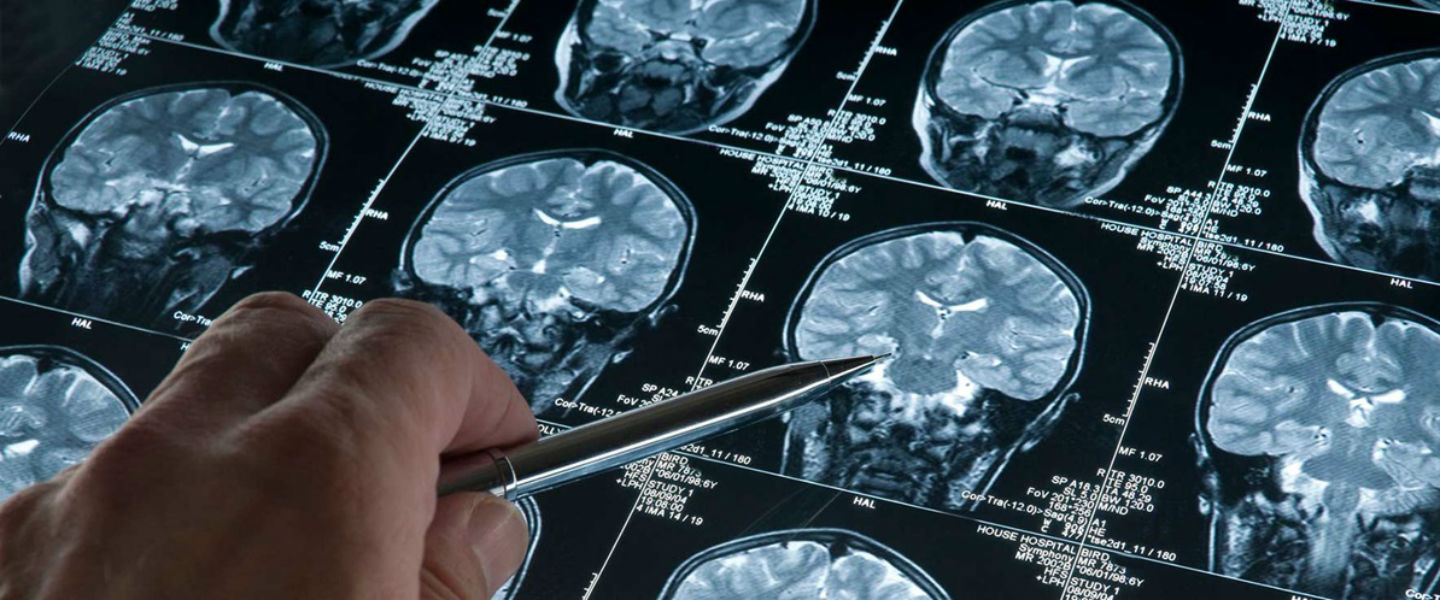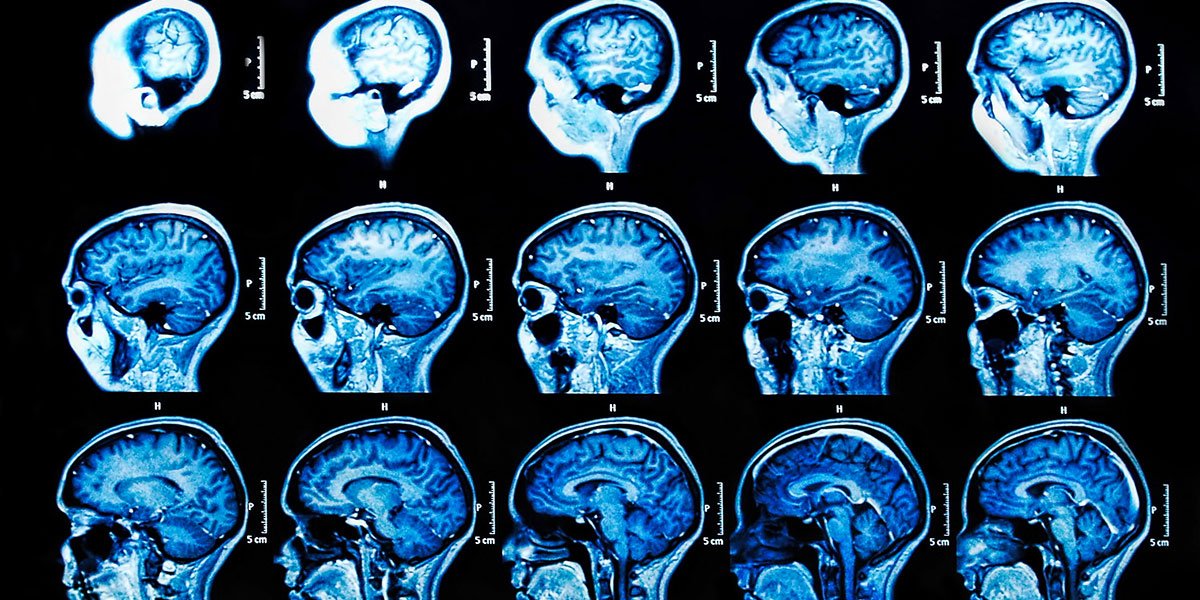The human brain is a remarkable organ, responsible for controlling our vital functions and allowing us to experience and understand the world around us. For centuries, scientists have been dedicated to unlocking the mysteries of the brain, and recent advances in neuroscience are giving us unprecedented insight into this wonder of nature.
Neuroscience research relies on advanced technologies to investigate the structure and function of the brain. One of the most powerful methods is functional magnetic resonance imaging (fMRI), which allows you to map brain activity in real time. This technique has revealed surprising information about how different regions of the brain communicate and cooperate to perform complex cognitive tasks.
One of the most fascinating features of the brain is its ability to adapt and change throughout life. This phenomenon is known as brain plasticity. Studies have shown that the brain is highly malleable and can reorganize itself in response to environmental stimuli, experiences and learning. This ability to change offers hope for treating brain injuries as well as developing therapies for neurological disorders.
The mysteries of consciousness: an ongoing quest
Although we’ve made great strides in understanding the brain, the nature of consciousness still remains one of the biggest riddles in science. What makes us conscious? How does the brain generate our subjective experience of the world? These are complex questions that challenge scientists and inspire an ongoing search for answers.
Recent studies have explored the relationship between brain activity and consciousness, but the topic remains shrouded in mystery. Understanding the brain is also key to advancing the treatment of neurological diseases. Disorders such as Alzheimer’s, Parkinson’s and schizophrenia pose significant challenges to human health.
However, neuroscience research is helping to reveal the mechanisms underlying these diseases, offering new perspectives for developing more effective therapies. One of the most exciting advances in neuroscience is the brain-machine interface (BMI). This revolutionary technology allows brain signals to be translated into commands that control external devices such as prostheses or even computers.
Emotions and decision-making: the mysteries of the human mind
Emotions play a key role in our everyday lives, influencing our decisions, our relationships and our emotional well-being. Neuroscience has been devoted to understanding the neural processes behind emotions and how they interact with rational thinking. Studies have revealed specific brain circuits associated with different emotions, providing a deeper understanding of how emotions are processed and how they influence our choices.
Neuroscience applied to education is transforming the way we understand the learning process. By studying how the brain acquires, stores, and retrieves information, scientists are developing more effective teaching strategies and study methods. This neuroscience-based approach can help personalize education, identify learning difficulties early, and promote a more stimulating and effective learning environment.
As we advance in understanding the brain, complex ethical questions arise. Brain manipulation, the use of technologies such as deep brain stimulation and brain data collection raise concerns about privacy, autonomy and fairness. It is essential that advances in neuroscience are accompanied by ethical discussions and appropriate regulations, ensuring that the benefits are achieved responsibly and equitably.
The brain-machine interface: connecting mind and technology
The brain-machine interface (BMI) is a fascinating area of neuroscience that seeks to establish direct communication between the human brain and external devices, such as prostheses or computers. This revolutionary technology has the potential to transform the lives of people with motor disabilities, providing them with greater independence and ability to interact with the world around them. ICM works by capturing and decoding brain signals, which are then translated into understandable commands for external devices.
This translation is performed using advanced signal processing techniques and intelligent algorithms. One of the most promising applications of ICM is in the field of prosthetics. People who have lost limbs can use prostheses controlled directly by their brains, allowing for more natural and precise movements. This approach gives users a more intuitive sense of control and a greater sense of belonging with their prosthesis.
The connection between the brain and creativity: Unraveling the creative mind
Creativity is an intriguing facet of the human mind, and neuroscience is dedicated to unraveling the mechanisms behind this process. Studies have revealed patterns of brain activity associated with generating original ideas and creative problem solving. Understanding how the brain fuels creativity could have applications in areas such as the arts, technological innovation and solving complex challenges.
The pursuit of happiness is a universal human goal, and neuroscience is exploring the neural basis of emotional well-being. Research has revealed brain circuits involved in emotion regulation, empathy and resilience. These findings have the potential to inform therapeutic interventions and mental health promotion strategies, providing a greater understanding of human emotions and what makes us happy.
The brain does not exist in isolation from its surrounding environment, and neuroscience is investigating how environmental factors influence its development and functioning. Studies have revealed the importance of a healthy environment, with access to nature, air quality and adequate cognitive stimulation, to promote a healthy brain throughout life.
This neuroenvironmental perspective can have significant implications for sustainability and the creation of environments that promote human well-being. As neuroscience advances, complex challenges arise to be faced. Understanding the complexity of the human brain requires multidisciplinary approaches, international collaboration and continued investment in research and technology.
In addition, ethical, regulatory and equitable access issues to neuroscientific advances need to be carefully considered. However, despite the challenges, the future possibilities are exciting, with potential advances in treating brain diseases, expanding mental capabilities and deepening our understanding of the human mind.

Conclusion: Breaking new ground in neuroscience
Neuroscience research continues to advance in leaps and bounds, offering ever-deeper insights into the human brain. As we unravel the secrets of this wonder of nature, new possibilities open up for improving people’s health and quality of life. Neuroscience is an exciting and promising field, and we are just scratching the surface of what we may yet discover. So let’s go in search of answers and wonders in the incredible world of the brain.


